What are the 84 minerals in Himalayan Pink Salt? Why is it so famous.
Hey there! Have you ever wondered what makes Himalayan Pink Salt so special? Well, it’s not just the pretty pink color that catches the eye. It is known for containing 84 different minerals, making it a popular choice for health-conscious individuals. Let’s dive into some interesting facts about the minerals found in Himalayan salt!
1 Tsp Himalayan Pink Salt Nutrition
Did you know that one teaspoon of Himalayan Pink Salt contains around 400 milligrams of sodium? It is actually 17% of the recommended daily intake for an average adult. In addition to sodium, Himalayan salt also contains trace amounts of 84 other minerals, such as calcium, potassium, magnesium, and iron.

While these minerals may not be present in significant amounts, they still contribute to the overall nutritional value of the salt. For example, just one teaspoon of Himalayan Pink Salt provides about 2% of the daily recommended intake of calcium and potassium.
So next time you sprinkle some Himalayan salt on your food, remember that you’re not just adding flavor, but also a small boost of important minerals to your diet.
How Many Minerals in Himalayan Salt
Himalayan Salt is renowned for its rich mineral content, boasting a whopping 84 minerals and trace elements in total! These minerals are not only essential for good health but also provide a unique taste and color to the salt. Some of the most prominent minerals found in Himalayan Salt include calcium, magnesium, potassium, and iron.
Each of these minerals plays a critical role in maintaining good health, from strong bones to healthy blood pressure. Additionally, Himalayan Salt also contains trace amounts of zinc, copper, and selenium, which are important for a strong immune system and overall wellbeing.
What are the 84 minerals in Himalayan Pink Salt?
Some of the top trace minerals in Pink Salt are listed below with their respective quantities and health benefits.
Sodium Chloride
- Makes up around 98% of the salt’s composition.
- Helps regulate fluid balance in the body
- Aids in the transmission of nerve impulses
- Supports proper muscle function
Sulphate
- Approximately 2.5mg/g of salt.
- Supports digestive health
- Enhances nutrient absorption
- Has detoxifying effects
- Reduces inflammation

Calcium
- Roughly 4mg/g of salt.
- Aids in muscle function and movement
- Regulates blood pressure and helps prevent hypertension
- Supports nerve function and transmission
Potassium
- About 3.5mg/g of salt.
- Regulates fluid balance in the body
- Aids in muscle function and movement
Magnesium
- Around 0.5mg/g of salt.
- Pink salt contains a significant amount of magnesium compared to other salts.
- Adequate magnesium intake through pink salt consumption help improve bone health and reduce the risk of osteoporosis.
- Magnesium in pink salt can help regulate blood pressure and prevent hypertension
Iron
- Approximately 0.01mg/g of salt.
- Prevents anemia
- Boosts immunity
- Improved energy
What is Pink Salt Formula? Pink Salt Chemical Formula
Pink salt is a naturally occurring rock salt, mined from Khewra salt mines in Salt Range , Pakistan. It is primarily composed of sodium chloride and also contains trace amounts of other minerals including iron, calcium, potassium, and magnesium.

According to a study published in the Journal of Himalayan Earth Sciences, the chemical composition of pink salt from the Himalayan region ranges from 95.1% to 98.5% sodium chloride, with the remaining percentage consisting of other minerals. The iron content in pink salt can range from 0.0017% to 0.05%, depending on exact source.
While pink salt contains trace amounts of other minerals, the concentration of these minerals is generally too low to provide significant health benefits. The primary benefit of pink salt comes from its sodium chloride content, which is essential for maintaining fluid balance in the body and aiding in nerve and muscle function.
Does Himalayan Salt have Copper
Yes, Himalayan salt contain small amounts of copper, although the concentration is generally very low. Copper is a natural mineral that is important for human health, because it plays a key role in the production of red blood cells and the maintenance of a healthy immune system.
According to a study published in the Journal of Analytical Science and Technology, Himalayan salt samples from Pakistan were found to contain average of 1.12 mg/kg of copper.
How Much Himalayan Salt Per Day
Did you know that the American Heart Association recommends consuming no more than 2,300 milligrams (mg) of sodium per day? This is equivalent to about one teaspoon of salt. Unfortunately, many Americans consume far more sodium than this, with an average intake of 3,400 mg per day. This excess sodium intake, even in table salt, is linked to a variety of health problems, including high blood pressure, heart disease, and stroke.

One teaspoon of Himalayan salt contains about 2,300 mg of sodium, which is the entire recommended daily limit set by the AHA. Consuming more than one teaspoon of Himalayan salt per day could put you at risk for negative health consequences associated with excess sodium intake.
While Himalayan salt does contain trace minerals like magnesium and potassium, it is important to remember that these benefits are minimal compared to the potential harm caused by excessive sodium intake.
Therefore, it is always a good idea to consult with a healthcare professional before making any significant changes to your diet, especially if you have a medical condition or are taking any medications.
Himalayan Pink Salt Side Effects
- High sodium intake: Himalayan pink salt, like all salts, is high in sodium. Consuming too much sodium can lead to high blood pressure, heart disease, stroke, and other health problems.
- Dehydration: Consuming way too much pink Himalayan salt may lead to dehydration, as sodium can cause the body to retain water. This can lead to symptoms such as thirst, dry mouth, and decreased urine output.
- Kidney problems: Excessive sodium intake can also put a strain on the kidneys, which can lead to kidney problems over time.
- Digestive issues: In some people, consuming too much salt can lead to digestive issues such as bloating, constipation, and diarrhea.
- Mineral imbalances: While Himalayan pink salt does contain trace minerals like calcium and potassium, consuming too much can lead to mineral imbalances in the body. This can potentially lead to health problems over time.
All of these side effects are associated with excessive salt intake, and can be avoided by consuming Himalayan pink salt in moderation.
Pink Himalayan Salt in Water
There are multiple ways to use Pink Himalayan Salt in water. All of these ways are beneficial and provide health benefits in one way or another.
Sole water
Sole water is made by dissolving pink Himalayan salt in water to create a concentrated salt solution. To make sole water, fill a jar with pink Himalayan salt and cover it with water. Let it sit overnight, and in the morning, add a teaspoon of the salt solution to a glass of water and drink it.
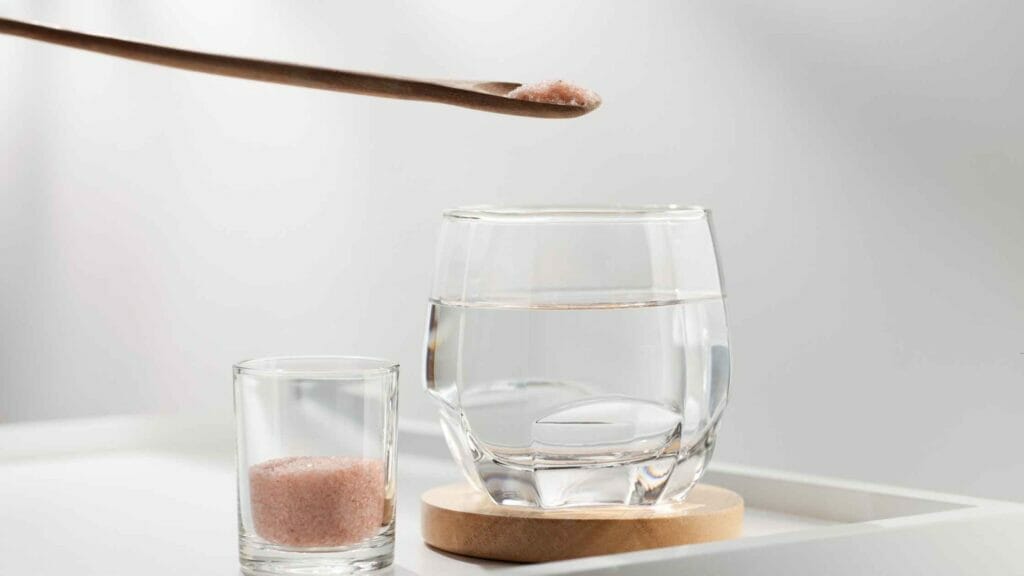
Some people believe that sole water can provide a variety of health benefits, including improving digestion, boosting energy, and reducing inflammation.
Drinking water
You can also add a pinch of pink Himalayan salt to a glass of water for a slightly salty taste. This can be especially refreshing after exercise or in hot weather, as it can help replenish electrolytes lost through sweat.
Bathing
Adding pink Himalayan salt to a bath can create a relaxing and detoxifying experience. Simply add a cup or two of pink Himalayan salt to a warm bath and soak for at least 20 minutes.
Cooking
Of course, pink Himalayan salt can also be used in cooking to add flavor to dishes. It can be used in place of table salt in most recipes, and is especially delicious on grilled meats and vegetables.
Himalayan Salt and High Blood Pressure
While Himalayan salt does contain slightly lower levels of sodium compared to table salt, it is still high in sodium overall. Consuming too much sodium can lead to high blood pressure, which in turn can increase the risk of heart disease, stroke, and other health problems.
Read Detailed Guide of Himalayan Salt and How it effects Blood Pressure
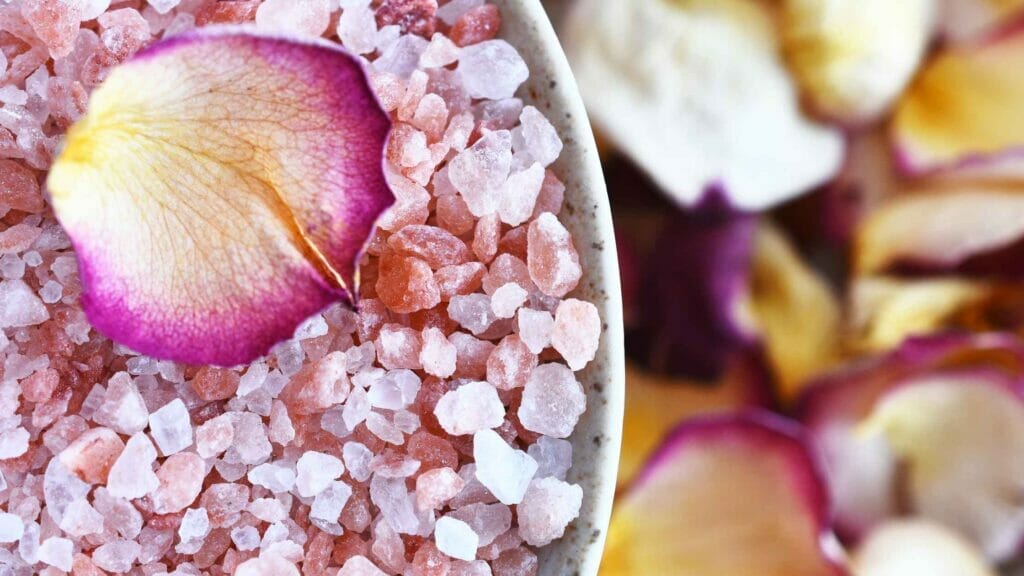
A study published in the Journal of Clinical Hypertension found that reducing sodium intake can lead to significant reductions in blood pressure among individuals with hypertension. The American Heart Association recommends consuming no more than 2,300 milligrams (mg) of sodium per day, and even less for those with high blood pressure.
One teaspoon of Himalayan salt contains approximately 2,300 mg of sodium, which is the entire recommended daily limit set by the AHA. Consuming more than one teaspoon of Himalayan salt per day could put individuals with hypertension at risk for negative health consequences associated with excess sodium intake.
Does Himalayan Salt have Iodine?
A study published in the Journal of Analytical Sciences states that while Himalayan salt contain iodine, the levels are generally very low, ranging from 0.1 to 1.5mg per gram of salt. It is much lower than the recommended daily intake of iodine, which is 150 micrograms per day for adults.
In contrast, iodized table salt contains higher levels of iodine, typically ranging from 45 to 77mg per gram of salt, which can help ensure adequate iodine intake.
While Himalayan salt may be a good source of other minerals like magnesium and potassium, it should not be relied upon as a significant source of iodine. Those who follow a low-salt diet or do not consume iodized salt should consider other sources of iodine, such as seafood, dairy products, and seaweed.
FAQs
Does Himalayan Salt have 84 minerals?
Yes! It is proved to have 84 minerals which are beneficial for health.
What is Pakistani Pink salt called?
Pakistani Pink Salt is also known as Himalayan Salt, also known as Pink Gold.
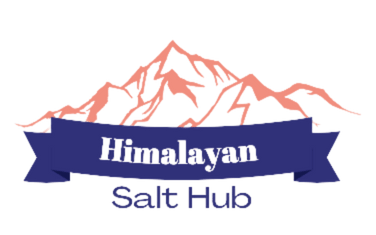
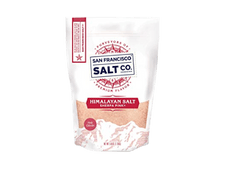


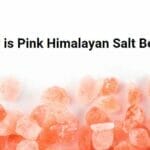

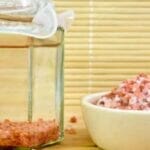
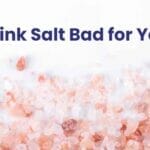

0 Comments